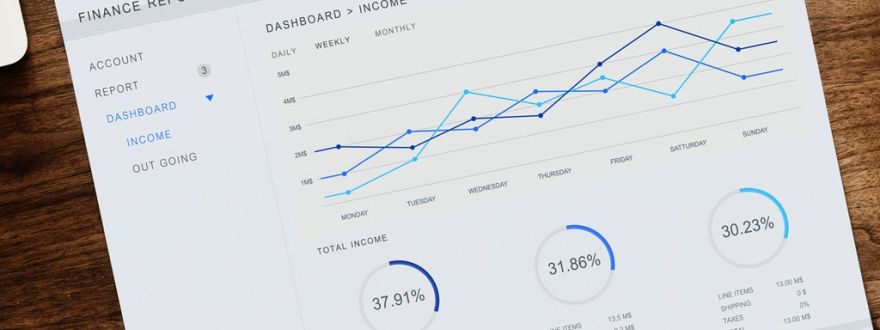
Many risks could negatively affect a company’s financials.
There are a variety of ways in which a company can manage these events.
Those that manage these risks the best are the ones that excel in their respective industries.
There are several areas of Risk. To keep it simple, let’s break down these three areas:
1. Operational Events:
-
A reduction in sales due to market conditions.
-
An increase in materials or labor.
-
An increase in operating costs.
2. Insurable Events
-
Damage to Property
-
3rd Party Liability
-
Injury to Workers
-
Ability to earn Net Income
3. Organizational Events:
-
Poor Leadership
-
Lack of Vision
-
Bad Working Environment
-
Poor Controls
This list only scratches the surface, but it is enough to help see what the potentials for risks are and see where they are coming from.
Even though these three sections deal with different areas of the organization, the solution is the same.
Identify
Plan
Test
Analyze
Identify
The first thing that needs to be done is to Identify the threats to your organization. It is usually helpful to get multiple people from around your organization to give their perspectives. Focus on areas in particular that will have the most impact on your balance sheet or income statement.
Plan
After identifying the risks, the next step is to plan. When planning we need to address several concerns.
-
What to do in case it happens.
-
What can be done to Mitigate both the chance of it happening and the effect it will have if it does happen?
-
Is there a way to transfer the risk to a third party? (i.e. contracts, insurance, etc.)
Test
Once we have a plan, we need to test it to see if it works. It has been said that “No plan survives first contact with the enemy”. We have the benefit here to be able to run multiple scenarios and therefore have the best chance of having a successful outcome.
Analyze
After testing the plan, results need to be gone over. Some questions that could be asked are:
-
Were the results what we expected?
-
What went right?
-
What went wrong?
-
What changes are needed to address the problems?
-
Were there new risks identified?
This analysis will help develop a clear picture of what your capabilities are in any of these given situations. You may even identify additional areas where you are threatened and be able to address them.
This creates an understanding of the environment in which the business operates. This will help you adapt to changes quickly and effectively, and turn potential problems into opportunities.
Want to learn more about how we can help protect your business? Click HERE! or feel free to Contact Us.







